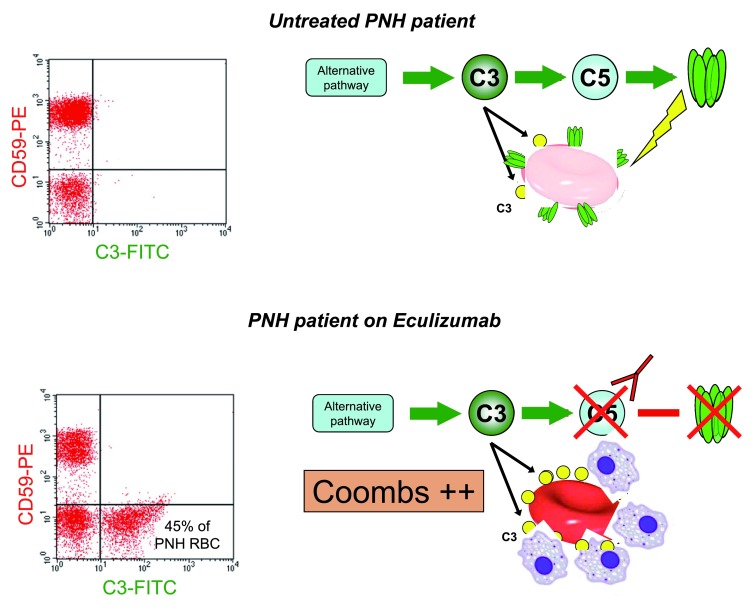Figure 2. Mechanism of (iatrogenic) extravascular hemolysis in a paroxysmal nocturnal hemoglobinuria (PNH) patient on eculizumab.
In untreated patients (upper cartoon), as soon as C3 (yellow circles) is bound to a GPI-negative red cell (lacking CD55), C5 will be activated, the membrane attack complex (MAC) will form, and the red cell (which also lacks CD59) will be lyzed: accordingly, no red cells with C3 bound are seen in the upper flow cytometry pattern on the left. In patients on eculizumab (lower cartoon), with C5 blocked, no MAC is formed and there is no lysis; in return, a much larger number of C3 molecules accumulate (see lower flow cytometry pattern on the left); thus, the red cell is opsonized and will be prey to macrophages. This is the likely mechanism of extravascular hemolysis in PNH patients on eculizumab (modified from 18).

